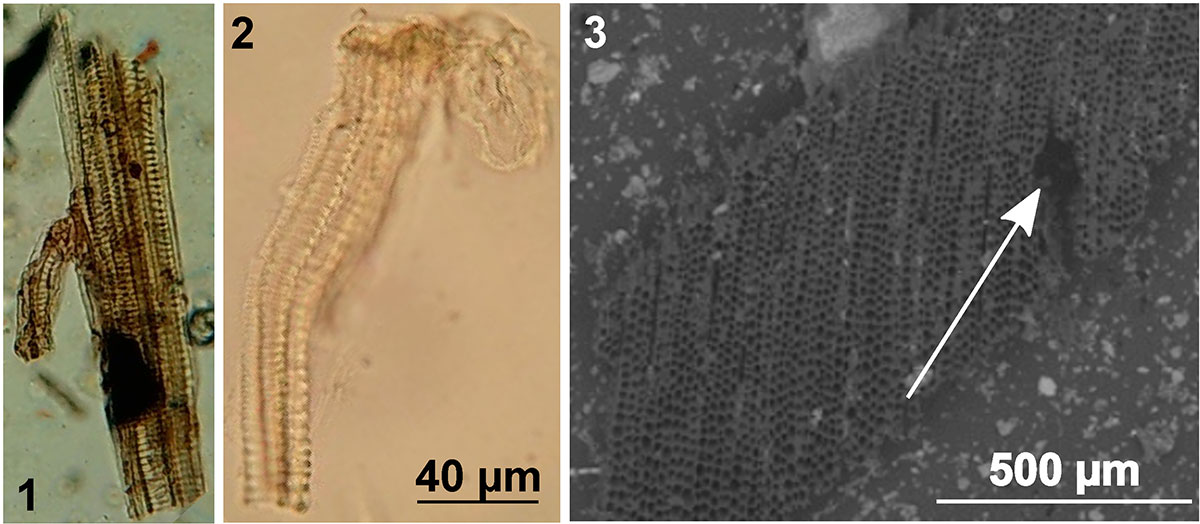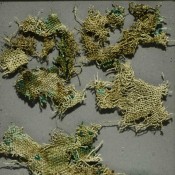Fur is known from contemporary written sources to have been a key commodity in the Viking Age. Nevertheless, the fur trade has been notoriously difficult to study archaeologically as fur rarely survives in the archaeological record.
Luise Ørsted Brandt , Alberto J. Taurozzi, Meaghan Mackie, Mikkel-Holger S. Sinding, Filipe Garrett Vieira, Anne Lisbeth Schmidt, Charlotte Rimstad, Matthew J. Collins and Ulla Mannering have published their paper “Palaeoproteomics identifies beaver fur in Danish high-status Viking Age burials – direct evidence of fur trade” (https://doi.org/10.1371/journal.pone.0270040).
In Denmark, fur finds are rare, the scientists explain, and fur in clothing has been limited to a few reports and not recorded systematically. They were therefore given access to fur from six Danish high status graves dated to the Viking Age.
The fur was analysed by aDNA and palaeoproteomics methods to identify the species of origin in order to explore the Viking Age fur trade. Endogenous aDNA was not recovered, but fur proteins (keratins) were analysed by MALDI-TOF-MS and LC-MS/MS.
In their paper, Luise Ørsted Brandt et al. show that Viking Age skin clothing were often composites of several species, showing highly developed manufacturing and material knowledge. For example, fur was produced from wild animals while leather was made of domesticates. Several examples of beaver fur were identified, a species which is not native to Denmark, and therefore indicative of trade.
The scientists argue that beaver fur was a luxury commodity, limited to the elite and worn as an easily recognisable indicator of social status.



